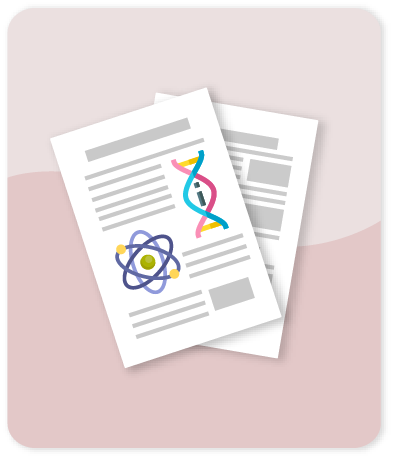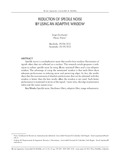Myoelectric Model Reference Adaptive Control with Adaptive Kalman Filter for a soft elbow exoskeleton

Compartir este ítem
Fecha
2024Autor
Toro-Ossaba A
Tejada J.C
Rúa S
Núñez J.D
Peña A.
Citación
Metadatos
Mostrar el registro completo del ítemResumen
Rehabilitation and assistance exoskeletons have been widely studied because they allow to provide more effective, intensive, and adaptive therapies; in addition, they can be used to augment the user's capabilities in order to provide movement assistance. In particular, soft robotic exoskeletons have been researched during the past decade because they allow the device to adapt to the body contours, increasing the user's comfort. One of the main challenges in the development of soft robotic exoskeletons is the design of controllers that allow intuitive and active control of the device. This work addresses the development of a myoelectric Model Reference Adaptive Controller (MRAC) with an Adaptive Kalman Filter for controlling a cable driven soft elbow exoskeleton. The proposed MRAC controller proved to be suitable for both passive and active control of the soft elbow exoskeleton. The controlled system achieved a Mean Absolute Error (MAE) of approximately 4.5° in passive mode and 10° during active mode. Additionally, the active control mode allowed an average reduction of 34 % to 40 % in the joint torque RMS when performing dynamic Flexion–Extension movements. The active control mode is based on a surface electromyography (sEMG) joint torque estimation algorithm that achieved an approximate MAE of 1 N m. The proposed MRAC controller proved to be robust enough to adapt to the exoskeleton uncertainties and external disturbances; additionally, the adaptive scheme allowed the system to operate with only two sEMG channels and the measurement of the joint angle, which is estimated by using two Inertial Measurement Units. © 2023 Elsevier Ltd
Colecciones
- Indexados Scopus [1813]
Ítems relacionados
Mostrando ítems relacionados por Título, Autor o Palabra clave.
-
On the minimax robust Kalman Filter: A bounded estimation resources approach
Azhmyakov V.; Castano N.; Arango J.P.; Graczyk P.; Murillo F.H.S. (Institute of Electrical and Electronics Engineers Inc.Ciencias BásicasFacultad de Ciencias Básicas, 2018)This paper is devoted to a generalization of the non-standard Kalman Filter (KF) introduced in [4]. We deal with some restrictions of the technical resources in the context of a state estimation problem and study a constrained ... -
Machine-Learning-Assisted Transmission Power Control for LoRaWAN Considering Environments with High Signal-to-Noise Variation
Gonzalez-Palacio M; Tobon-Vallejo D; Sepulveda-Cano L.M; Luna-delRisco M; Roehrig C; Le L.B. (Institute of Electrical and Electronics engineers Inc.Ingeniería de TelecomunicacionesIngeniería en EnergíaFacultad de Ingenierías, 2024)To achieve an adequate tradeoff between range and energy efficiency, LoRaWAN End Nodes (ENs) choose their transmission parameters using an Adaptive Data Rate (ADR) scheme based on the maximum value of previous Signal-to-Noise ... -
Reduction of speckle noise by using an adaptive window
Quiñones, Jorge; Prieto, Flavio (Universidad de MedellínFacultad de IngenieríasMedellín, 2012-06-30)

